#Traditional Characters
Text
So I've been playing around with Cāngjié…
And I thought a post like this (similar to a post on Zhùyīn done by linghxr) may be of interest to some.
Edited: 10 Sep 2023
This post has gotten a little popular lately and on scrutinizing my own post again, I've come to the conclusion that I had made some mistakes in my given character examples.
Amended now. Namely, 「唔」 and 「龍」 have now been swapped over in the examples.
「唔」 is really the “3-parts”, and 「龍」 is indeed a “2-parts” character! Amendments are reflected in orange.
What (and who) is Cāngjié?
For those who may not know, Cāngjié is another way to input 漢字/汉字 (Hànzì — Chinese characters). It is way less popular than Pinyin (or even Zhuyin) but it still has its fans, and has a few advantages over the other two.
Cāngjié is also the name of the mythical figure in Chinese legend who is said to have been the inventor of 漢字/汉字, for which Cāngjié (the input system) was named after.
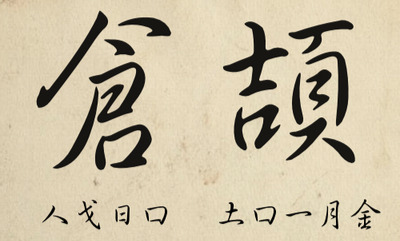
Would I recommend it?
Yes, if you think you have already acquired a good (enough) understanding of 漢字/汉字, and/or just like a new challenge.
(TL;DR at the end)
Why am I learning Cāngjié (and why you may like to, too)?
1. Mostly for fun.
Have long been intrigued by both Cāngjié and Zhùyīn, and since I finally mustered up the courage to tackle Zhùyīn not too long ago, I thought I'd finally give Cāngjié a try.
While learning Cāngjié does require more effort than learning Pinyin or Zhuyin, it can also be really fun! Inputting 漢字/汉字 with the Cāngjié method is almost like doing a jigsaw puzzle.
The euphoria derived from figuring out and piecing together the radicals that make up a word is something that learning Jyutping (Cantonese equivalent of Pinyin), Pinyin or Zhuyin can't quite match.
And while I know I'll never be as adept with Cāngjié — my knowledge of 漢字/汉字 is nowhere near good enough to ever use Cāngjié efficiently — as I do Jyutping or Pinyin (or to some extent, Zhuyin), it'll still be fun to use Cāngjié every once in a while!
2. Helps with thinking and typing in Chinese.
The upshot of relying too much on using Jyutping/Pinyin/Zhuyin is, I'd tend to think in Roman letters or ㄅㄆㄇㄈ before I'd even think about the actual 漢字/汉字.
But with Cāngjié, because it's based on knowing radicals and joining them together to form actual characters, it'll encourage thinking of 漢字/汉字 first, so I think that would help some with 漢字/汉字 memory retention.
Now you may be thinking, why not just you know, practise actually writing then? That is the tried and proven method to better remember 漢字/汉字 after all?
Yes, of course I can do that — and am doing so occasionally — but we live in a digital age now, and the probability and opportunity to type things out is much higher than actually writing stuff by hand.
The idea here is, more looking to think of and envision characters fully in my head, and trying to lessen over-reliance on Jyutping/Pinyin/Zhuyin.
And this is where I find Cāngjié can be useful, which leads to my next point…
3. Haunted by “What if” scenario.
What if there comes a day (however improbable) where I'm presented with only a Cāngjié keyboard to use for typing Chinese? It has happened with Zhùyīn for me!
That means, no Pinyin or Zhuyin keyboards, no Handwriting tools/touchscreens to write with fingers/mouse, no speech-to-text, and no option to copy-and-paste characters from somewhere else either! What then?
4. Able to type without knowing pronunciation, and with more accuracy.
Cāngjié is shape-based. Unlike Jyutping/Pinyin/Zhuyin, where you have to know what a character sounds like before you can type it out, with Cāngjié, you can type out (again assuming no Handwriting or other tools available) characters without needing to know how to pronounce them at all.
With shape-based typing, you'd also get more accurate hits in the first few 漢字/汉字 that show up, versus sound-based methods like Pinyin where for e.g., typing out “wan” will get you a whole list under the same sound and you may have to scroll through a whole lot to get the exact “wan” you need.
You can also type both Traditional and Simplified characters without having to toggle something or switch keyboards.
So how does one begin learning Cāngjié?
Install a Cāngjié keyboard.
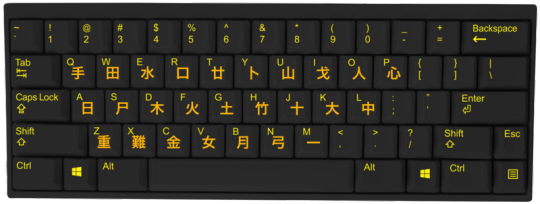
Duh…but of course! Heh! Gboard offers one, banded under Cantonese language input (Android user here, don't know about iPhones, sorry).
There are two versions of Cāngjié that are prevalent currently. Cāngjié 3 and Cāngjié 5. Cāngjié 5 is supposed to be an improvement over version 3 but I don't find there's much; having a slightly altered version just adds to the confusion and unnecessarily complicates matters, in fact!
If you have a choice, I'd recommend selecting Cāngjié 3 as that is more supported. Some operating systems may not be too compatible with Cāngjié 5 still, for some strange reason.


You may also come across something called “Quick” (速成) aka, “Simplified Cāngjié”.
This is simply a scaled down version of Cāngjié, it's still based on Cāngjié's formula. So you still need to know how Cāngjié works in order to use “Quick” efficiently.
You'd then need a chart like this. ↓

* the 重 (Z) key doesn't really come into use. I don't really know what it's for, but it seems to be used (paired with other keystrokes) mainly to type out various punctuation marks.
There are variants out there, some having a little more, or less, radicals shown than in the above example, but I'll say the chart here is one of the more comprehensive ones I've found so far (and sufficient enough) — other charts often fail to highlight the 難 (X) key and what it corresponds to.
You don't have to memorize the chart all at once. Just always have a chart like this on hand to refer to and with enough typing practise, you'll eventually remember which key corresponds with which radicals.
Remember the rules. ↓
“1 part” character (e.g. 寫) = first 3 & last (radical).
“2 parts” character (e.g. 唔龍) = first & last, first 2 & last.
“3 parts” character (e.g. 難) = first & last, first & last, last.
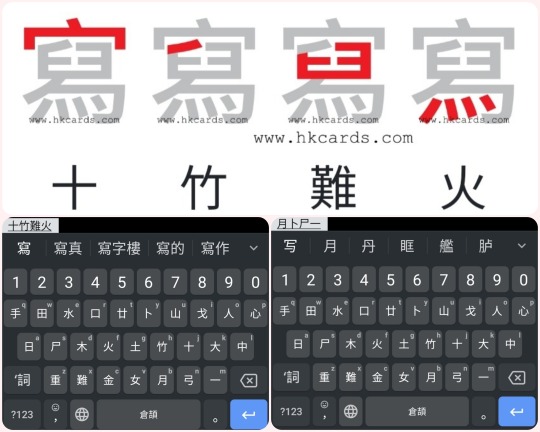
e.g. 寫 ↓
With radicals 宀,丿,臼 (first 3) and 灬 (last).
Corresponding keys: 十,竹,難 and 火。
寫 → 写 ↓
With radicals 冖,卜,㇆ (first 3),一 (last).
Corresponding keys:月,卜,尸 and 一。
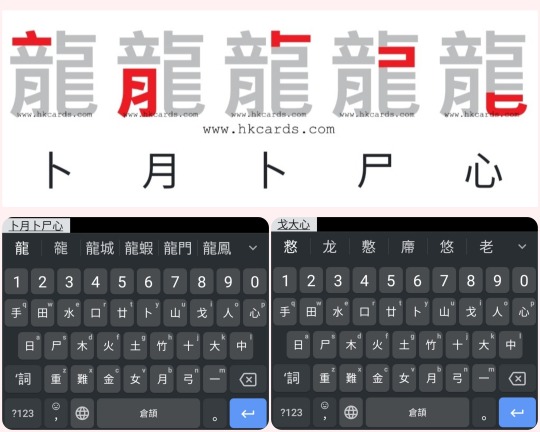
e.g. 龍 ↓
With radicals 亠,月 (first & last), 卜,コ (first 2),ヒ (last).
Corresponding keys: 卜,月,卜,尸,and 心。
龍 → 龙 ↓ (Simplified 龍 → 龙,a “1 part” character)
With radicals 丶,ナ,ヒ (first 3).
Corresponding keys: 戈,大,and 心。

e.g. 難 ↓
With radicals 廿,人 (first & last),亻(first & last),土 (last).
Corresponding keys: 廿,人,人 and 土。
難 → 难 ↓
With radicals ヌ (first & last),亻(first & last),土 (last).
Corresponding keys: 水,人,and 土。
Occasionally, you may get a character that looks like a “2 parts” but is actually a “3 parts”. ↓


e.g. 唔 ↓
With radicals 口 (first & last),一,一 (first & last),口 (last).
Corresponding keys: 口,一,一 and 口。
Or looks like a “1 part” but really a “3 parts”. ↓
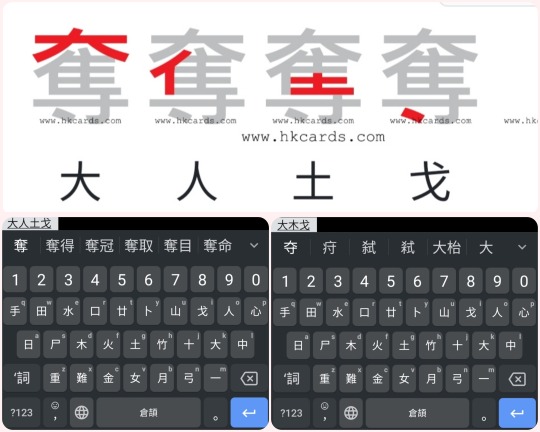
e.g. 奪 ↓
With radicals 大 (first & last),亻,土 (first & last),丶 (last).
Corresponding keys: 大,人,土,and 戈。
奪 → 夺 ↓(Simplified 奪 → 夺,a “1 part” character)
With radicals 大,寸 (first 3; the 丶 is the 3rd component).
Corresponding keys: 大,木,and 戈。
But these are exceptions, and don't occur that often.
And you can start practising!
You can try out this pretty good app called 『五色學倉頡』 (learning Cāngjié with 5 colours), for practise. It's on Playstore, just search for “Cangjie Dictionary” and it should show up.
You have to pay to unlock higher levels, unfortunately. ↓


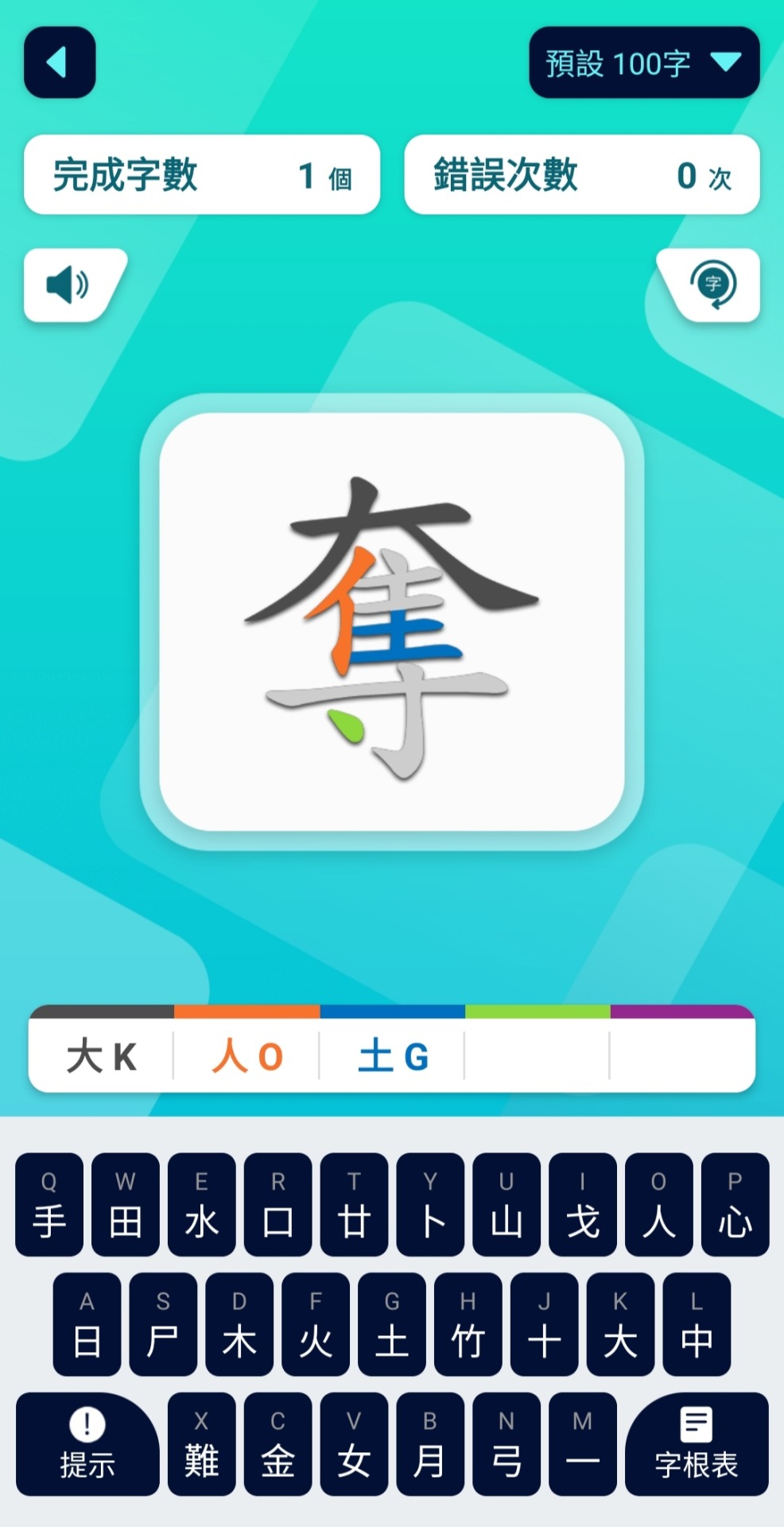
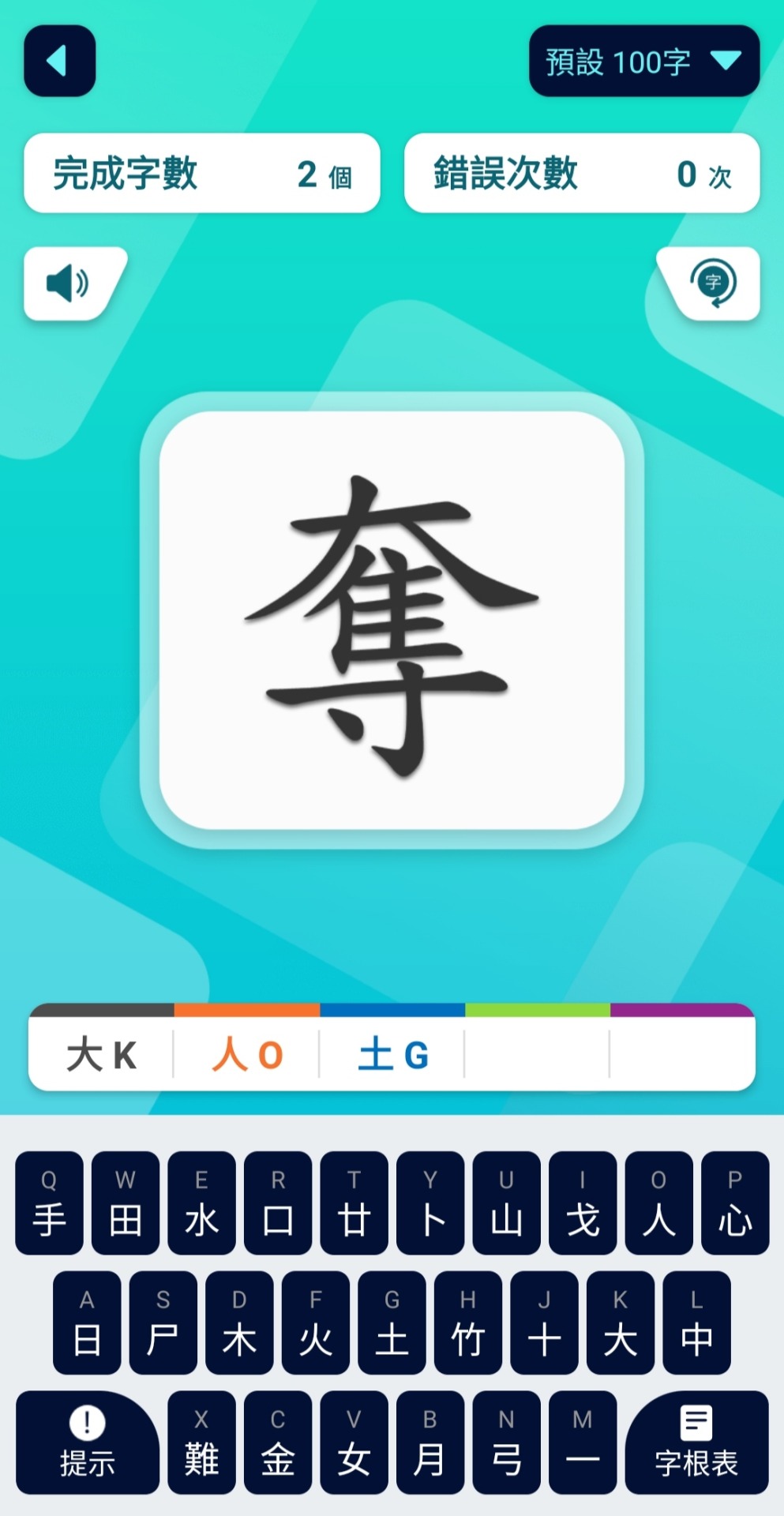

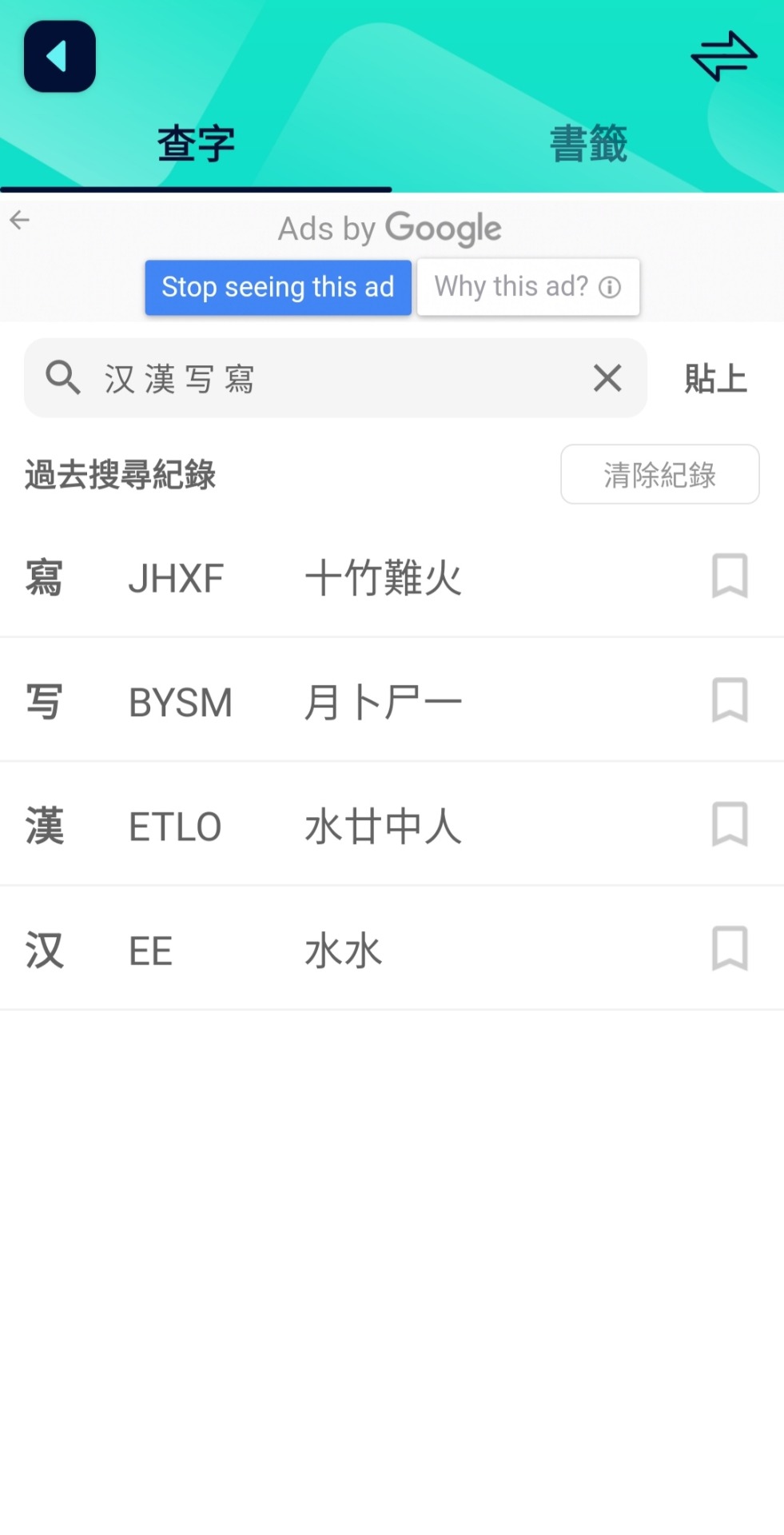
Anyway, each character comes with colour coded hints and you can opt to turn them off if you like more of a challenge. There are also hints (提示) and the chart (字根表) to refer to if you're really stuck. Also has a dictionary component (查字典) to check out the Cāngjié input for characters.
Another option would be a website called HKCards. ↓


You can use it to check the Cāngjié input for any 漢字/汉字, and there's section for practise (倉頡輸入法練習) as well. After inputting your answer with Cāngjié keys (手田水口廿卜), you can click on the “Answer” (答案) button to see how right or wrong your answers were. ↓

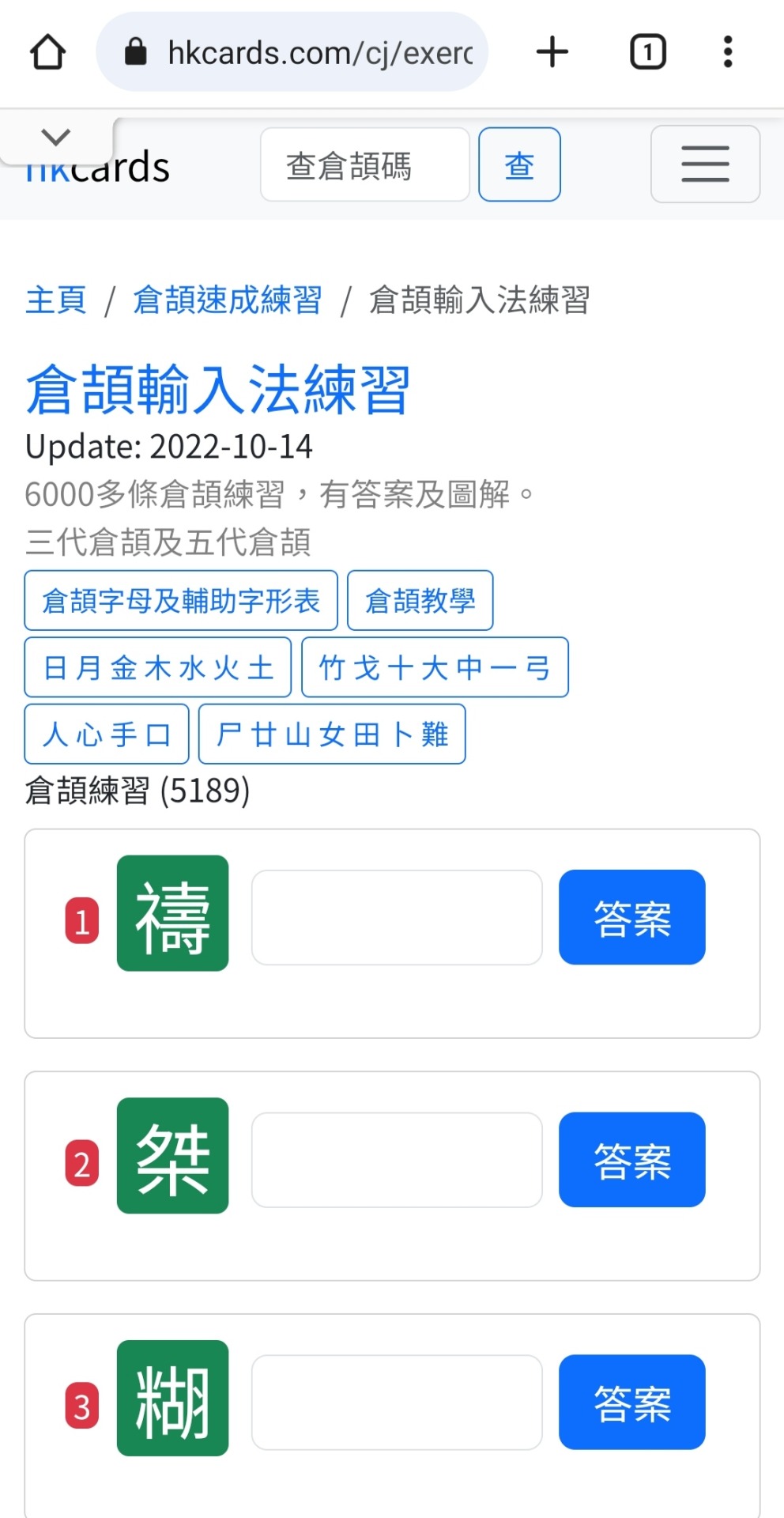
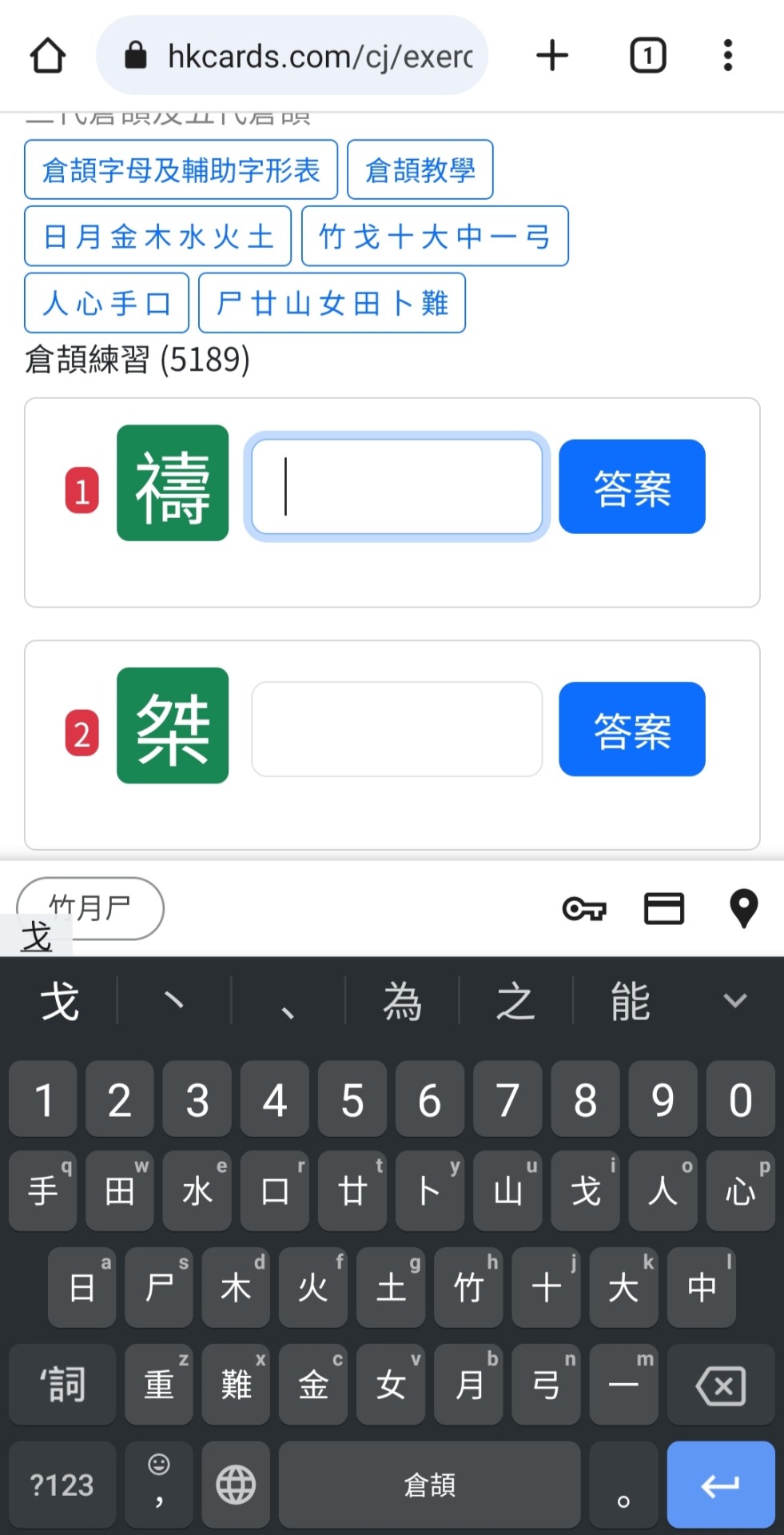

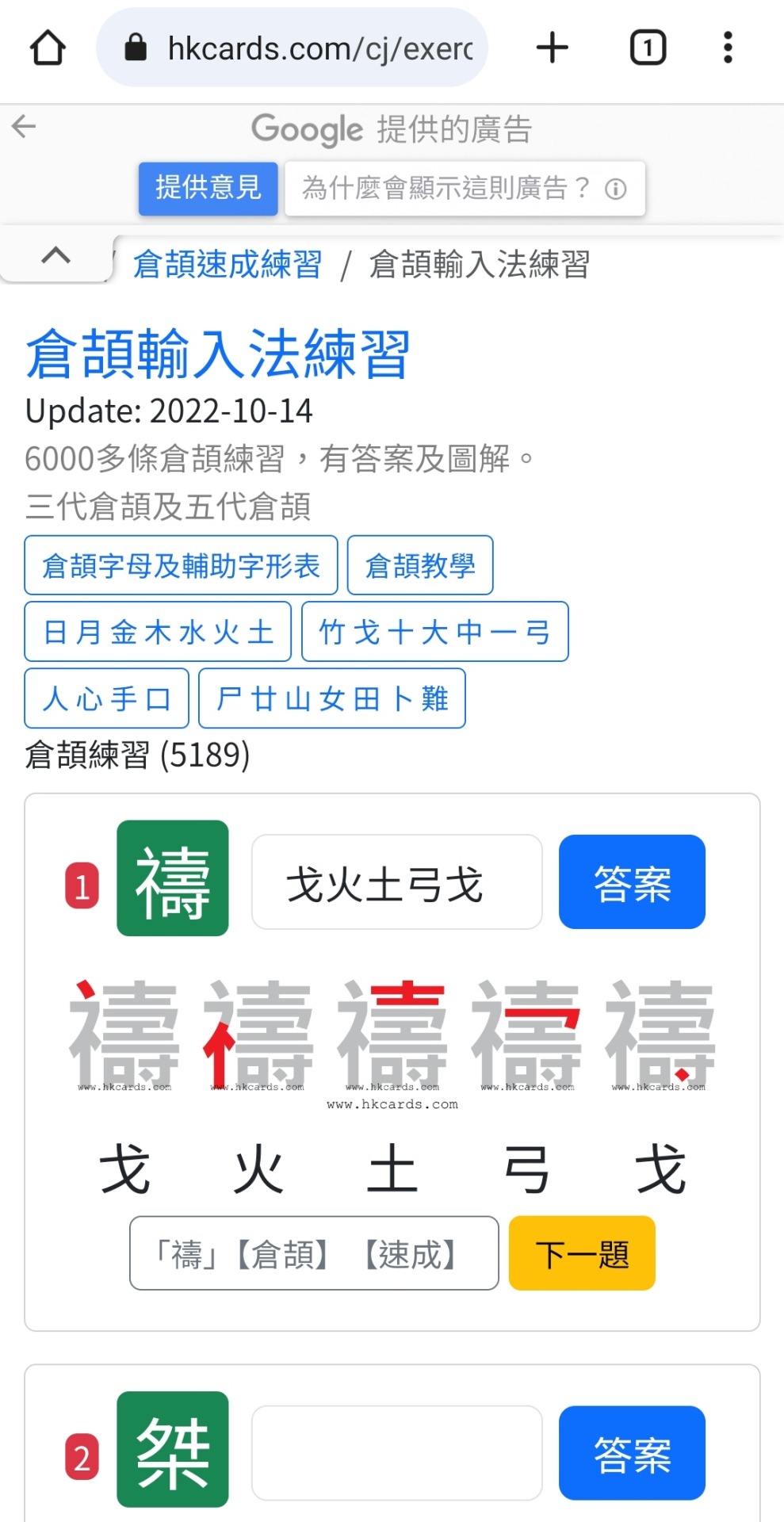
There are 8 characters each time, and you can just hit “Practise Again” (再做練習) to refresh for another 8 to practise with. I've yet to hit a limit.
Unfortunately, this website has lots of ads popping up. And it only supports searching in Traditional characters (Cāngjié was initially catered more for Traditional).
Or you can just try practising randomly with a Cāngjié keyboard and check for mistakes with a Cāngjié dictionary (『五色學倉頡』 app's dictionary comes in really useful here — it appears to support searching in Simplified too).
TL;DR
Cāngjié could be useful (and fun) to know if your 漢字/汉字 knowledge is already adequate, and/or you just like a new challenge.
And if watching videos is more your thing, here's a really helpful YouTube tutorial on how to use Cāngjié (has English subs)!
#Cangjie#Congkit#Cantonese#Mandarin#Jyutping#Pinyin#Zhuyin#Bopomofo#Traditional Characters#Chinese Language#Language#Long Post#Dake Rambles
243 notes
·
View notes
Text
10 traditional characters that I didn't know existed

In 2023 I started learning to write traditional characters by hand, so I've been paying extra attention to differences between traditional and simplified forms. In some cases, I didn't even realize the traditional and simplified forms were different!
Here are 10 sets of simplified and traditional characters with subtle differences, 8 of which I only discovered recently. Definitions are adapted from MDBG.
(1)抛 | 拋 pāo
The difference is SO subtle with this one. I have to hold the screen 3 inches from my face to see it. The simplified version has 7 strokes, but the traditional version has 8.
抛 | 拋 pāo - to throw / to toss / to fling / to cast / to abandon
抛弃 | 拋棄 pāoqì - to abandon / to discard / to renounce / to dump (sb)
抛开 | 拋開 pāokāi - to throw out / to get rid of
抛物线 | 拋物線 pāowùxiàn - parabola
(2)滚 | 滾 gǔn
I actually prefer the traditional version, particularly when I'm writing by hand. When I write the simplified version, the 衣 strokes on the bottom always looks awkward under 公 to me.
滚 | 滾 gǔn - to boil / to roll / to take a hike / get lost!
摇滚 | 搖滾 yáogǔn - rock 'n' roll (music) / to rock / to fall off
滚开 | 滾開 gǔnkāi - to boil (of liquid) / boiling hot / Get out! / Go away!
滚烫 | 滾燙 gǔntàng - boiling / scalding
打滚 | 打滾 dǎgǔn - to roll about
(3)匀 | 勻 yún
I think these look pretty much the same when handwritten, but on the computer they are distinct. I definitely prefer how the simplified one looks.
匀 | 勻 yún - even / well-distributed / uniform / to distribute evenly / to share
均匀 | 均勻 jūnyún - even / well-distributed / homogeneous / well-proportioned (figure, body etc)
(4)叙 | 敘 xù
叙 | 敘 xù - to narrate / to chat
叙述 | 敘述 xùshù - to relate (a story or information) / to tell or talk about / to recount / narration / telling / narrative / account
叙事 | 敘事 xùshì - narrative
(5)奥 | 奧 ào
奥 | 奧 ào - obscure / mysterious
It really bugs me that 奥 has a different traditional form, but 澳 (as in 澳门 Macao) does not!
深奥 | 深奧 shēn'ào - profound / abstruse / recondite / profoundly
奥运会 | 奧運會 Àoyùnhuì - Olympic Games; the Olympics (abbr. for 奥林匹克运动会 | 奧林匹克運動會)
奥利给 | 奧利給 àolìgěi - come on, you can do it!
(6)厨 | 廚 chú
厨 | 廚 chú - kitchen
厨房 | 廚房 chúfáng - kitchen
厨师 | 廚師 chúshī - cook / chef
厨艺 | 廚藝 chúyì - cooking skills / culinary talent
Other similar cases:
厮 | 廝 sī - (bound form) together; each other / (bound form) male servant / (bound form) dude; so-and-so
厢 | 廂 xiāng - box (in theater) / side room / side
厦 | 廈 shà - tall building / mansion / rear annex / lean-to / also pr. xià
(7)刹 | 剎 chà/shā
Whether the bottom looks like 朩 or 木 seems to be somewhat stylistic and can vary by font. But the little 点 is a consistent difference.
刹 | 剎 chà - used to transcribe several words originally from Sanskrit
刹那 | 剎那 chànà - an instant (Sanskrit: ksana); split second; the twinkling of an eye
刹 | 剎 shā - to brake
刹车 | 剎車 shāchē - to brake (when driving) / to stop / to switch off / to check (bad habits) / a brake
(8)侣 | 侶 lǚ
侣 | 侶 lǚ - companion
伴侣 | 伴侶 bànlǚ - companion / mate / partner
情侣 | 情侶 qínglǚ - sweethearts / lovers
Other similar cases:
宫 | 宮 gōng - palace / temple / castration (as corporal punishment) / first note in pentatonic scale
吕 | 呂 lǚ - pitchpipe, pitch standard, one of the twelve semitones in the traditional tone system / surname Lǚ
(9)别 | 別 bié
I've known about the traditional form of this character for a while now, but to be honest, it still looks like 别 written incorrectly to me...sorry.
别 | 別 bié - to leave; to part (from) / (literary) to differentiate; to distinguish / (bound form) other; another; different / don't …! / to fasten with a pin or clip / to stick in; to insert (in order to hinder movement) / (noun suffix) category
差别 | 差別 chābié - difference; distinction; disparity
分别 | 分別 fēnbié - to part; to leave each other / to distinguish; to tell apart / difference; distinction / in different ways; differently / separately; individually
区别 | 區別 qūbié - difference / to distinguish / to discriminate / to make a distinction
性别 | 性別 xìngbié - gender / sex
个别 | 個別 gèbié - individually; one by one / just one or two; exceptional; rare
(10)丢 | 丟 diū
OK, I literally just realized there are separate simplified and traditional forms for this character while working on this post 😭 I feel utterly betrayed.
丢 | 丟 diū - to lose / to put aside / to throw
丢脸 | 丟臉 diūliǎn - to lose face / humiliation
丢人 | 丟人 diūrén - to lose face
丢掉 | 丟掉 diūdiào - to lose / to throw away / to discard / to cast away
丢失 | 丟失 diūshī - to lose; to misplace
跟丢 | 跟丟 gēndiū - to lose track of
See similar posts:
Characters I used to write incorrectly
Characters that look TOO similar
Traditional characters that haunt me
#my learning#traditional characters#chinese characters#hanzi#chinese#mandarin#mandarin chinese#chinese language#studyblr#langblr#learning languages#language learning#chinese langblr#mandarin langblr#languageblr
82 notes
·
View notes
Text



I'll be the first to proclaim my love of traditional characters, but sometimes, just sometimes...
#i suppose a native speaker would be able to figure this out with minimal fuss#i gave up trying to write it into pleco and just looked up ‘chisel’ instead since it was obvious from the illustration#traditional characters#mandarin#chinese#漫畫#adventures in miniscule font reading#i kept thinking the top left had 缶 in there not 臼!
46 notes
·
View notes
Text
Friend and i couldn't meet this week but i do have some funny stories to tell. it all started with this tweet:

i thought it was pretty funny, so i went to note down the vocabulary
洗澡 xǐ zǎo, to take a bath
盤子 pánzi, plate
as for 菜瓜布... i knew it had something to do with sponge, but what kind of sponge? and what kind of 瓜 is a 菜瓜?
my former teacher helped me settle some doubts:
絲瓜絡沐浴布 (丝 - 络 - - -)sīguāluò mùyù bù, loofah sponge
絲瓜瓤(丝 - -)sīguābù for short
菜瓜布 càiguā bù, kitchen sponge
#chinese language#chinese vocabulary#traditional characters#my stuff#i initially thought 菜瓜 was a Melão de São Caetano (love this name!)#but bitter melon is called 苦瓜#so i still have no idea what vegetable it is TuT
7 notes
·
View notes
Text



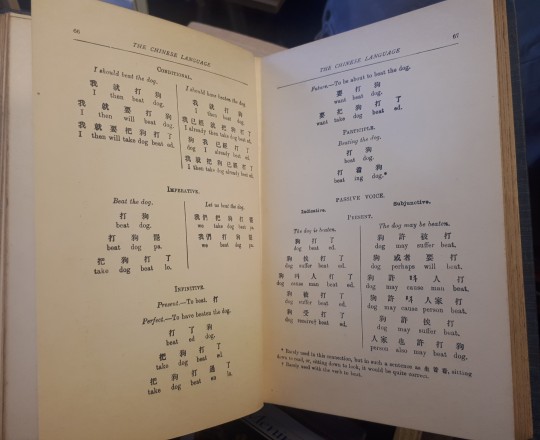
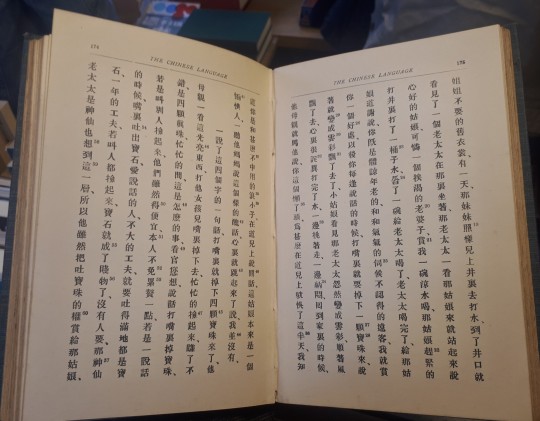
Spotted at a local second-hand bookshop called Desculpe a Poeira ("sorry for the dust").
Apparently Sir Walter Hillier was not very fond of dogs.
#or maybe he just felt really guilty about it#personal#book#traditional characters#chinese language#chinese langblr#mandarin#mandarinblr#langblr#bookshop#old books
24 notes
·
View notes
Text

#chinese#mandarin chinese#chinese characters#study#languages#traditional characters#self study#language learning
3 notes
·
View notes
Text

13K notes
·
View notes
Text

"Re-Coil" and a little ramble about authenticity and original characters.
#original characters#art#traditional art#animal art#borzoi#dog#painting#acrylic#primitive wiggles#anthropomorphic#orange
8K notes
·
View notes
Text
plants :э


#character art#small artist#artists on tumblr#illustration#fan art#hollow knight#indie games#hollow knight fanart#funguary#traditional art#watercolors#sketch#plants
10K notes
·
View notes
Text
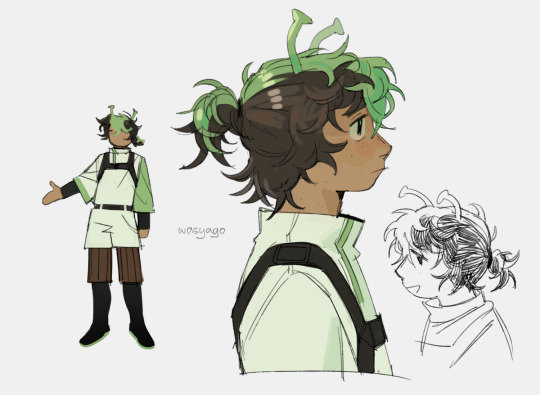
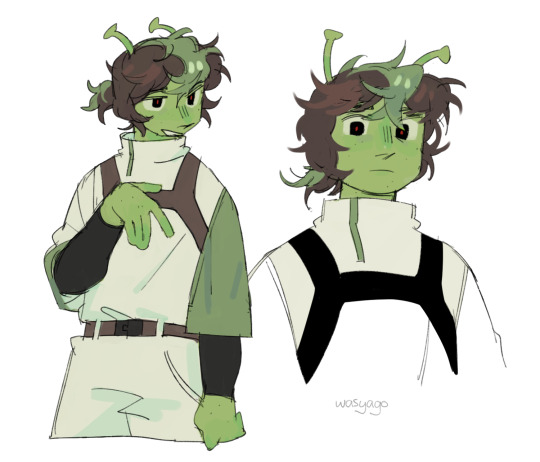
joel with a ponytail ( best kind of joel tbh )
( plus an attempt at drawing him with green skin but idk i don't think im gonna use it )
#hermitcraft#smallishbeans#my art#sketch#i wanted to ramble about these sketches but literally forgot everything i wanted to say....#i like how this outfit has turned out... not fully traditional japanese not fully cyberpunky but the vibes are there#also another character wearing shorts bet no one saw it coming#it's either shorts or big baggy pants. no other type of pants exists in my mind
6K notes
·
View notes
Text



Zuko's journal entries | Netflix's AtLA (2024)
*possible spoilers, personal musings*
Been seeing some people on the former Bird Social Media site roasting not just the largely nonsense entries — these are legit Chinese characters but make no cohesive sense as a whole — but also “Zuko's handwriting” calibre…
Indiscernibility of the characters' logical sense and an easily/commonly committed mistake aside…
[By “mistake” — as someone else already pointed out in another post — I mean the usage of 「黄」 (used in Simplified Chinese & modern Japanese) instead of 「黃」 (used in Traditional Chinese) when the rest of the journal otherwise shows Traditional Chinese characters.]
is the writing itself really deserving of that much ridicule?
I mean, it is legible, fairly neat, and seems a more realistic rendition of how a teenage boy — with a possible bad eye and probably hasn't had much time to practise writing — would write?
Perhaps it's because I have atrocious handwriting and have spatial awareness difficulties/eye problems myself that I feel more empathetic towards this but…
Why did everyone (hyperbole) expect “Zuko” (whoever did the prop) to have superb calligraphy skills (especially taking into account his aforementioned age and situation) anyway?
*end musings*
#I've watched Ep 1 of#Netflix's Avatar: the Last Airbender#So far and it isn't so bad (yet) though the poor lighting in several scenes#Irritated me as always! But it's tolerable I guess#NAtLA#Netflix Avatar#Chinese Language#Traditional Characters#Language
11 notes
·
View notes
Note
Are your posts for traditional Chinese or simplified Chinese ?
Most of my posts use simplified characters because those are what I have been learning and using since I was young. I do have some posts that also use traditional characters or are about traditional characters:
Cross-Strait Tones Differences
Variant Characters You Should Know
Traditional Characters That Haunt Me
And about half of the posts in my Mandarin Music March series use traditional characters.
Personally I want to be able to read both sets, so I'm trying to become more familiar with traditional characters. But I've been writing simplified characters since I was 7, so I'm much more accustomed to them and feel more comfortable using them on my blog.
22 notes
·
View notes
Text

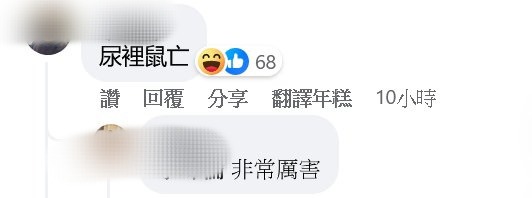
Nothing intrigues me like a Taiwanese shitpost with an indecipherable pun. Why has this guy commented on a vaguely rodent-shaped puddle of what is possibly pee with 尿裡鼠亡 (niào lǐ shǔ wáng), 68 people think it's hilarious, and one even deems it worth a "非常厲害"?
Because (I eventually discovered) the Chinese title of Ratatouille is 料理鼠王 (liào lǐ shǔ wáng).
#i knew it was a thing in canto but wiki also say in taiwanese mandarin#“The initials n- and l- are sometimes interchangeable particularly preceding nasal finals (i.e. -n -ng)”#mandarin#chinese#traditional characters#pun#chinese puns
62 notes
·
View notes
Text

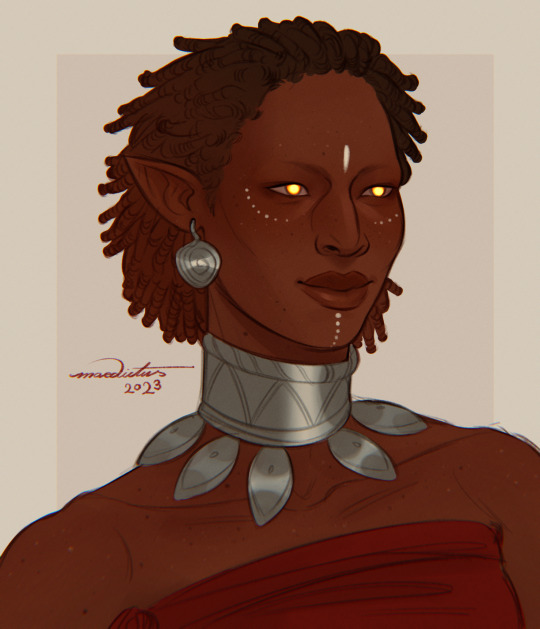

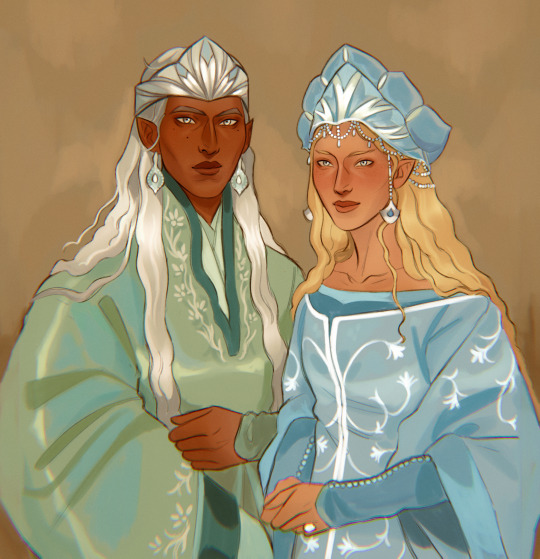
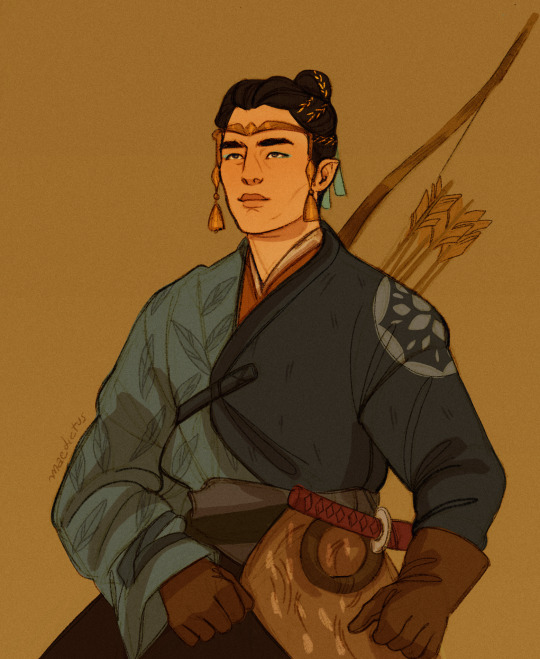


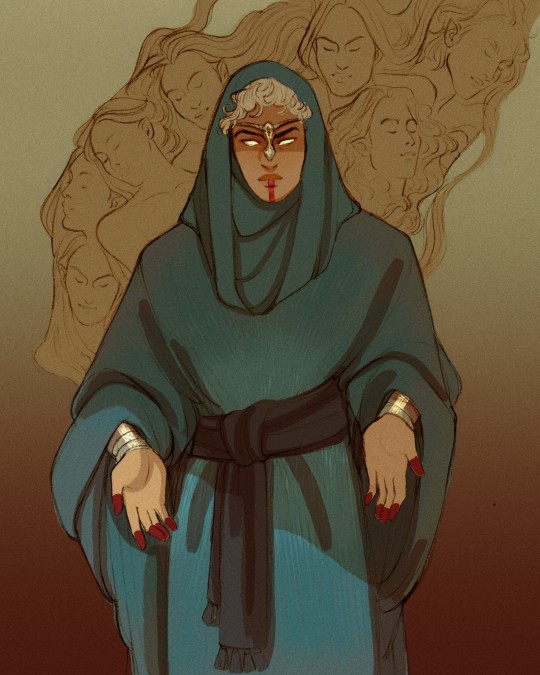


Some unposted Tolkien art I've been collecting over the years 💫
Huan and Lúthien | Yavanna and Aulë | Celeborn and Galadriel | Fingon | Galadriel but Art Nouveau | Vairë, the Weaver | Lórien and Mandos | Some Hobbiteses
#I don't think I want to tag all of these characters#So let's leave it be#Can you see how my art style just changes so much#I've been trying to go back to my traditional art style though#It's been way more fun for me#tolkien#silmarillion#lord of the rings#lotr#illustration#artists on tumblr#my art#artwork#art
4K notes
·
View notes
Text
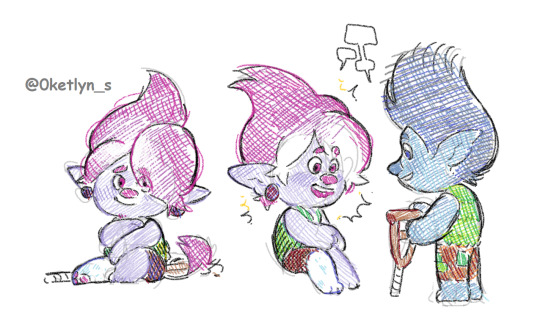
#art#artists on tumblr#artwork#kritaart#original#original art#character#illust#0ketlyn-s#traditional drawing#trolls#trolls branch#branch#digital art#digital paint#krita#krita illustration#drawn with krita#floyd#trolls band together#trolls floyd
6K notes
·
View notes
Text
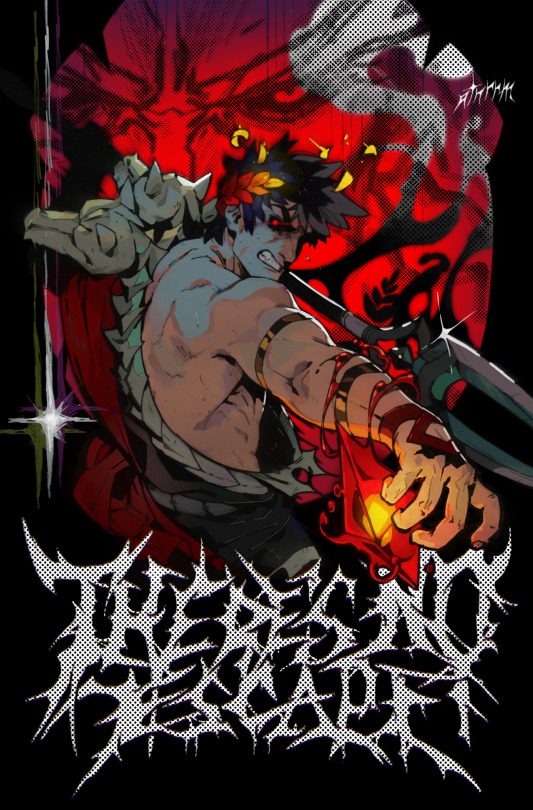

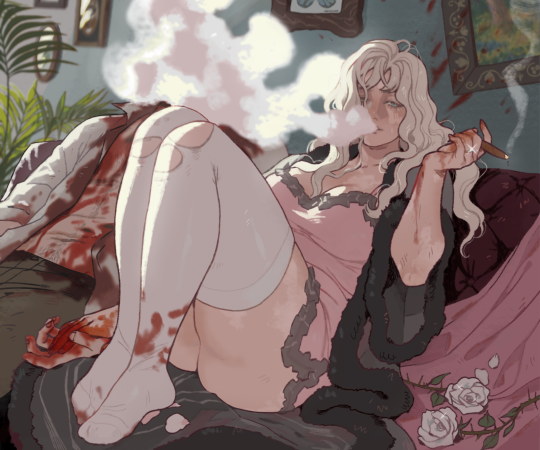
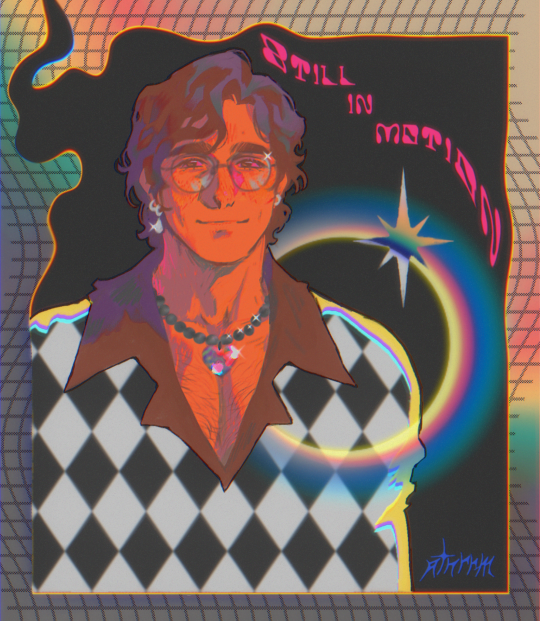

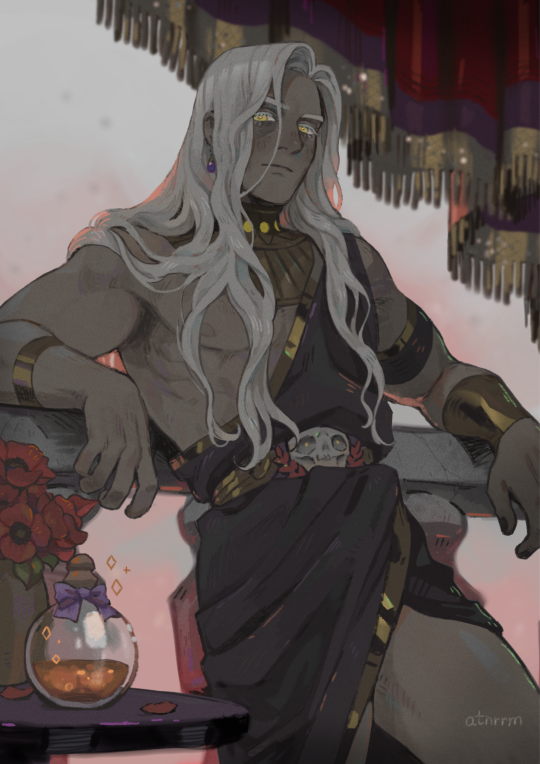


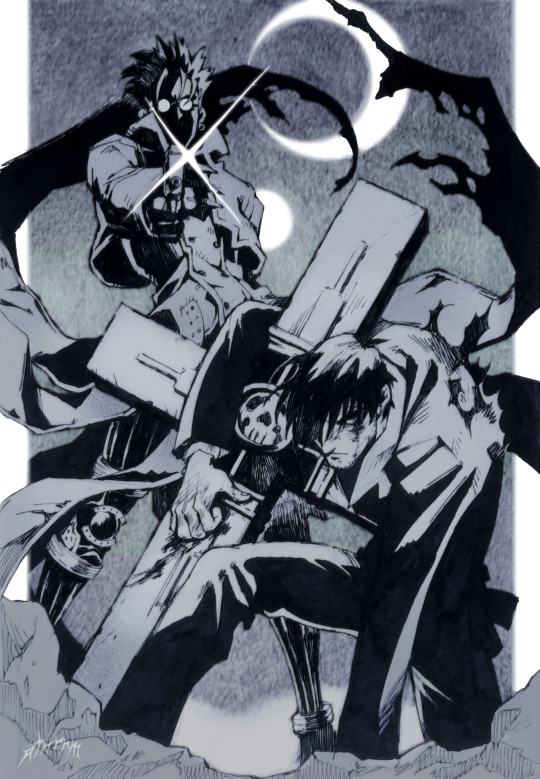

Hi, I'm atanerrum and I am an artist who fled tumblr in 2017-2018? and now trying to return to my former glory and spread my brain brainrot sickness 🙏🙏🙏 please help me on this journey and share my art
Here's some of my favorite artworks I've done in recent couple of years! Cheers!
#artists on tumblr#art#artwork#digital art#traditional art#trigun#hades#hades game#OC#original character#original art#oc art#ocs#my art#my ocs#vash the stampede#vashwood#zagreus#thanatos#queer artist#queer artwork#illustration#yaoi
3K notes
·
View notes